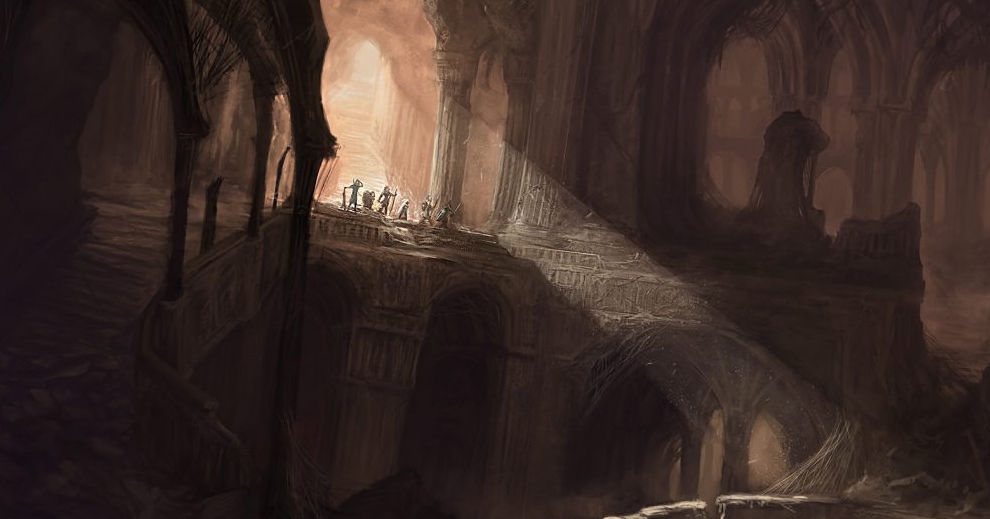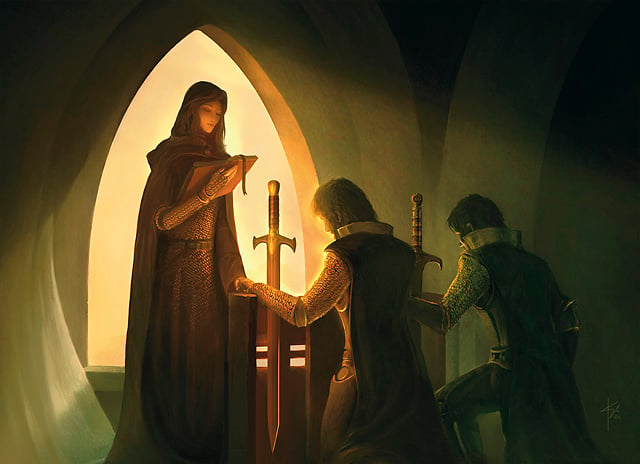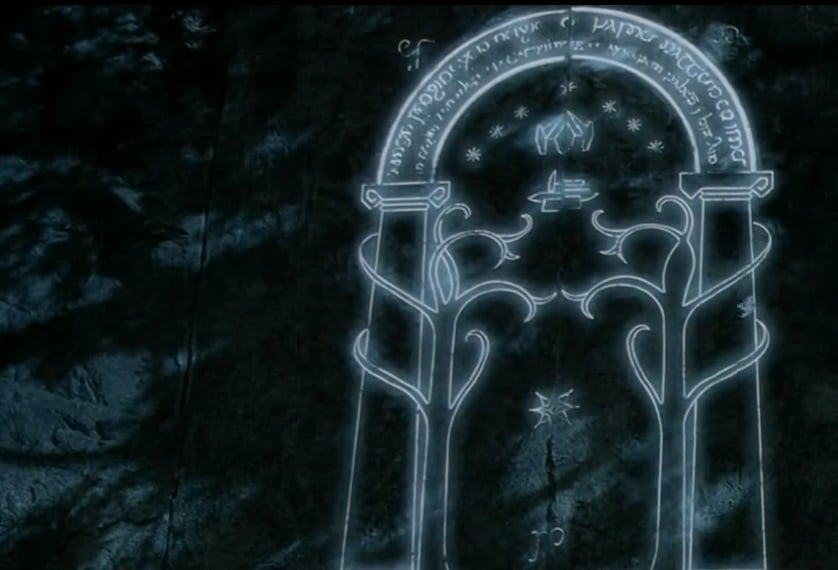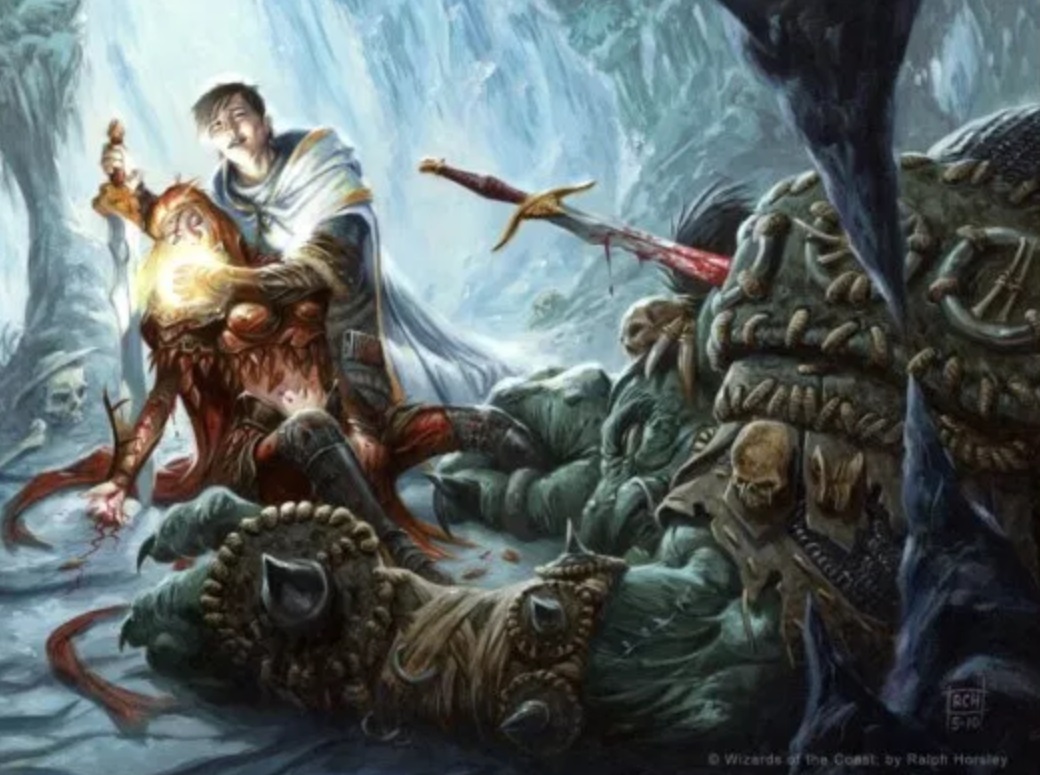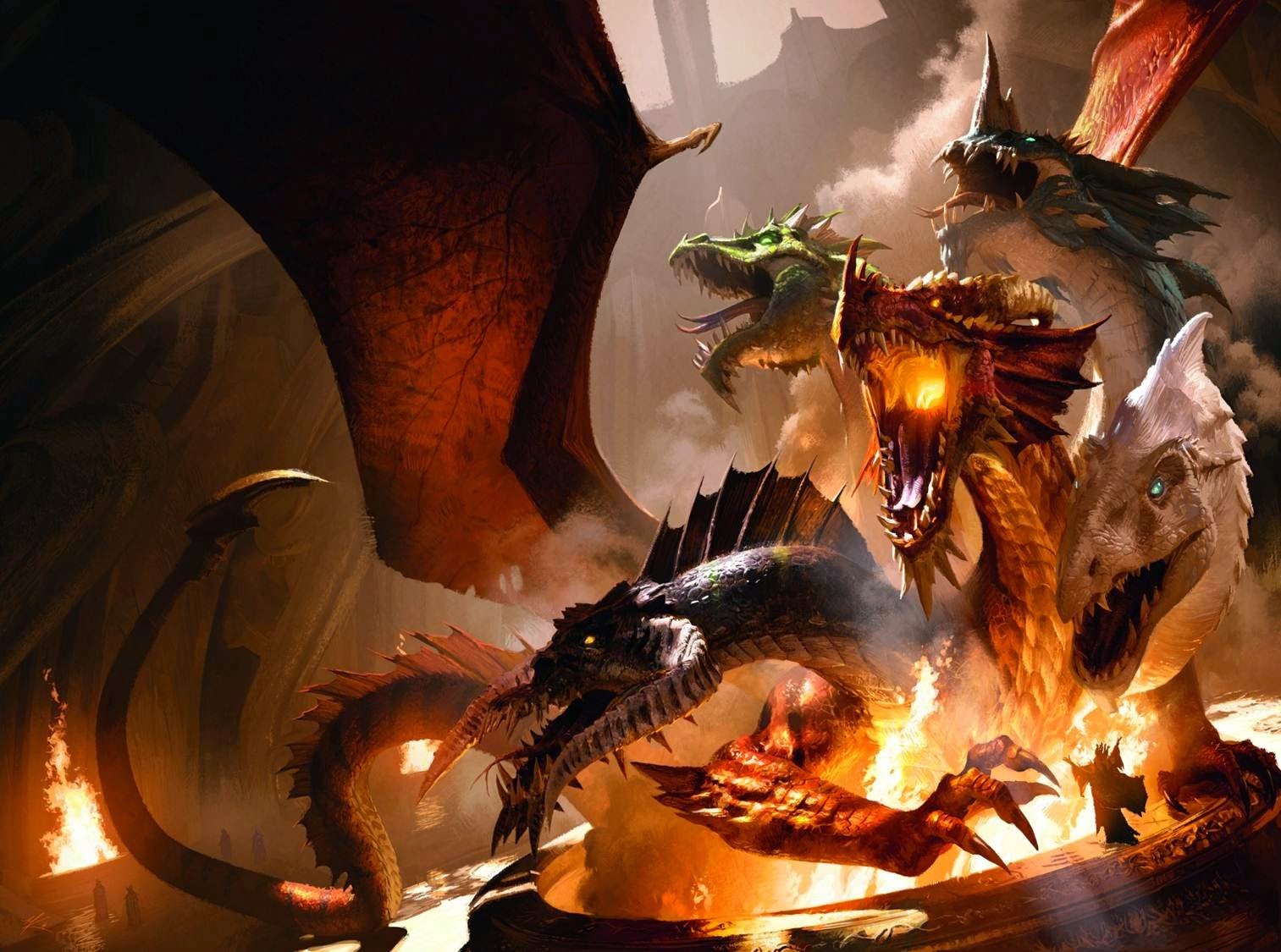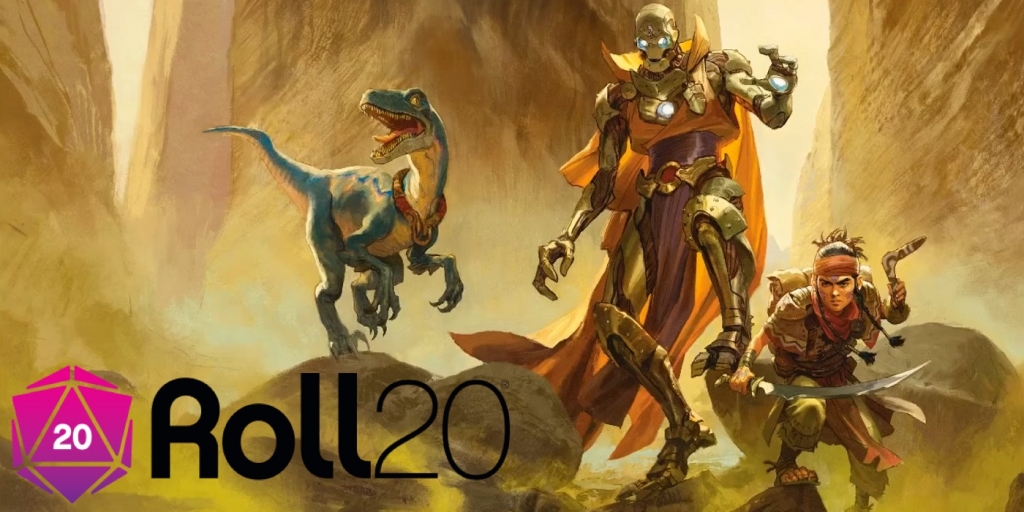D&D: 5 Lessons In Dungeon Design From The Young Adventurer’s Guide
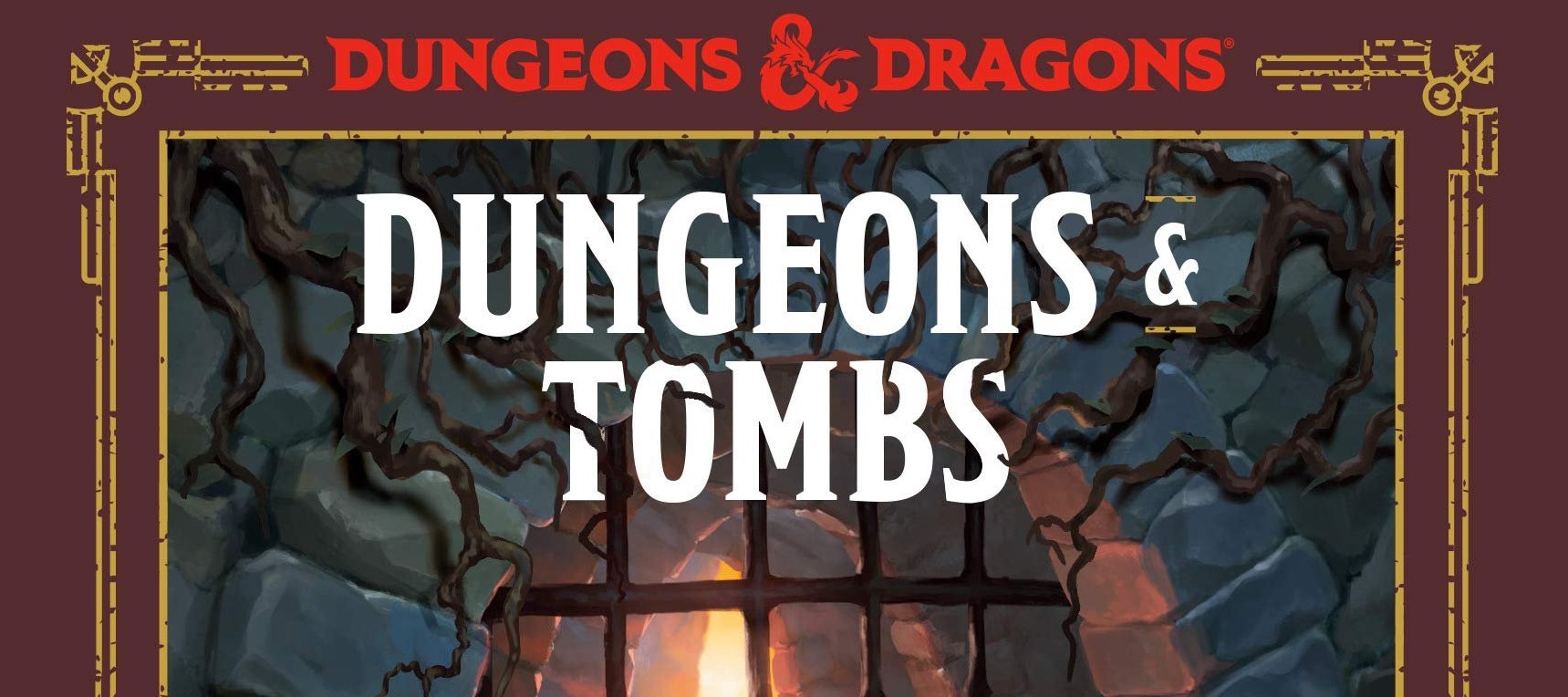
The latest Young Adventurer’s Guide: Dungeons and Tombs has a lot of great advice about creating a memorable dungeon, whatever your level.
If you’ve never read one, the Young Adventurer’s Guides are a phenomenal resource for D&D. They’re guides written from the perspective of someone within the world, and that does wonders to introduce new players to concepts in D&D that veteran players might take for granted–and for those players, these books have a fresh perspective to make them come alive as more than just statblocks. The latest in the series, Dungeons and Tombs is an excellent read. It’s aimed at DM’s specifically, and has some fantastic lessons about designing your own dungeons and quests. Here are five that I’ve taken to heart lately.
Be Obvious, Not Boring
When you sit down to design a dungeon, it can be hard to set out from scratch to design a new, original never-before-seen dungeon the likes of which will blow the hinges off of anything your players have seen before. But a) that’s setting the bar out of reach for yourself, and b) is impossible to do. Instead, let yourself be obvious. Use the things that first come to mind when you’re thinking about them–but don’t stop just by writing something like “a heavy iron gate holds the door fast.” Once you have a detail or a feature, it’s only as boring as you let it be. Ask questions like “who built this” or “why is this here” and again, obvious answers are great here.
Also, when you’re laying out a map, symmetry might be your natural inclination–and it’s very neat, but it’s also very boring. If you’ve already explored half a map and know the other half is the same, it can be a rush through it. So don’t let yourself be limited by symmetry.
Natural Intrusions
Even if your dungeon is built and constructed by fine crafters like Dwarves or Elves there are still plenty of ways to incorporate the natural world. This can help vary up the kind of scenery you describe for your players and gives you extra elements to play with. Use waterfalls, chasms, falling rocks, collapsed walls that extend into natural caverns for a little bit and other natural elements to provide interesting challenges for your players.
It’s About The Journey
When designing a dungeon, it can be just as much an adventure getting there, if you want. Stop and think about where the dungeon is situated in your world. What kind of a journey will your players take to get there? What will they see along the way?
As they set out on their quest, what themes are you setting up? You can already start laying in the tone for the environment as they approach.
Getting In Can Be Just As Fun As Getting Out
Sometimes getting into the dungeon can be just as much fun as getting out. Is the dungeon guarded? Do your players have to find a hidden entrance? Is there a magical lock that can only be opened by obtaining elemental crystals from different sites of magical energy? Maybe there’s a teleportation circle hidden somewhere nearby that players can find when they explore.
Goooooaaaaaals
And finally, when designing a dungeon, the most important thing is to think about what you want to happen there. And we’re not just talking about killing the princess, rescuing the dragon, or acquiring the magical artifact. But what are your goals for the dungeon?
Do you have a big dramatic encounter designed for the thrilling conclusion of it? When you’re exploring a dungeon, there’s a sort of natural build to a climax of some kind–but it doesn’t have to be a fight. What will engage and excite your players? Maybe learning something new about the world, or about themselves, can be an excellent reward for overcoming the dungeon’s final obstacle.
But also think about what tasks the party might accomplish while they’re in your dungeon. Are there prisoners to rescue? Maybe there’s a curse to undo or a ritual to stop–whatever the case, think about what players can do in your dungeon besides fighting monsters.
Most importantly though, what do you want your players to feel as they explore and experience your dungeon? Do you want them to laugh, be awed, afraid? Grossed out? Having an emotional goal gives the rest of your design a purpose, and once you have that, the rest is just getting monsters in place.
Hopefully these lessons help you. What are your favorite bits of advice when it comes to designing dungeons? Let us know in the comments, and as always, happy adventuring!

